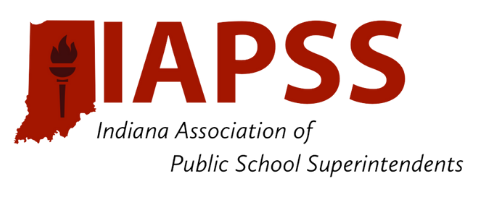The Science of Reading and Balanced Literacy What YOU Need to Know
By Cindy Jiban, PhD
Principal Academic Lead, Early Learning, NWEA
A strong call has been reverberating through the early literacy education community: we need to reform our practice to align to the science of reading. But as sometimes happens when messages hit the loudspeaker, some distortion has fuzzied the clarity. As the message gets picked up and passed along by new advocates, like in a game of telephone, it can shift a bit away from its original meaning. Let’s cut past the noise. What is the science of reading, and what is it not? How does it interact with the practice of balanced literacy? And most importantly, just how can it improve our practice so that kids become better readers?
What is the science of reading?
One research study does not make a science. In early literacy alone, tens of thousands of studies have been published, and some even show results that are at odds with one another. For educators to be able to consume research meaningfully, we need to look for a convergence of evidence. When many well-designed studies point to a similar result, we should pay attention. Convergent research results in education often address one of two important questions. First, what matters to teach—in this case, what kinds of skills or knowledge in the early years turn out to improve outcomes in reading comprehension later in life? Second, what works in teaching it—what methods or protocols show evidence of higher effectiveness? But adults aren’t likely to change their practice if they don’t understand how a skill matters or why a method works. That’s where an underlying model comes in, an explanation of how learning to read with comprehension works.
Finish reading this article on NWEA.org.
